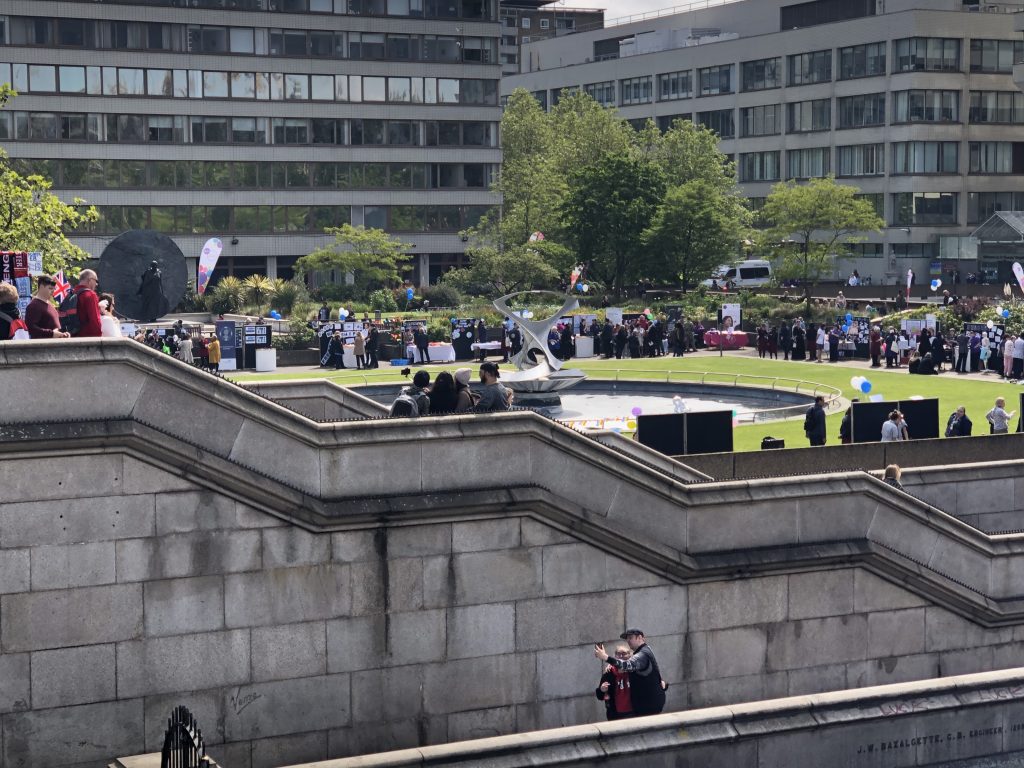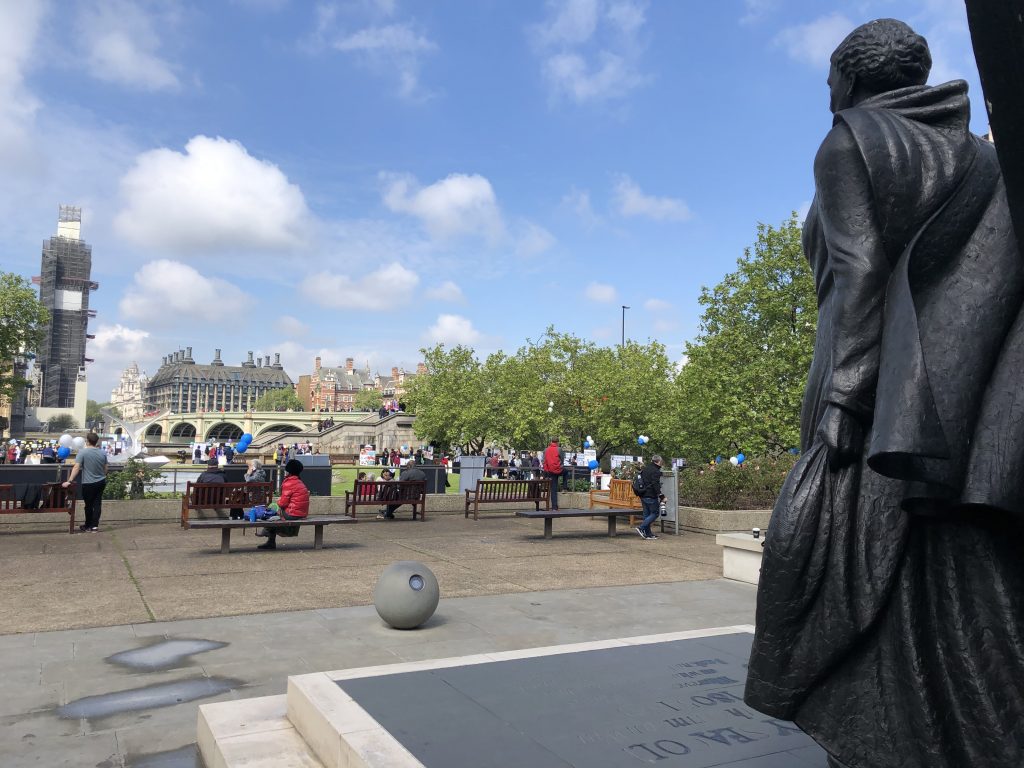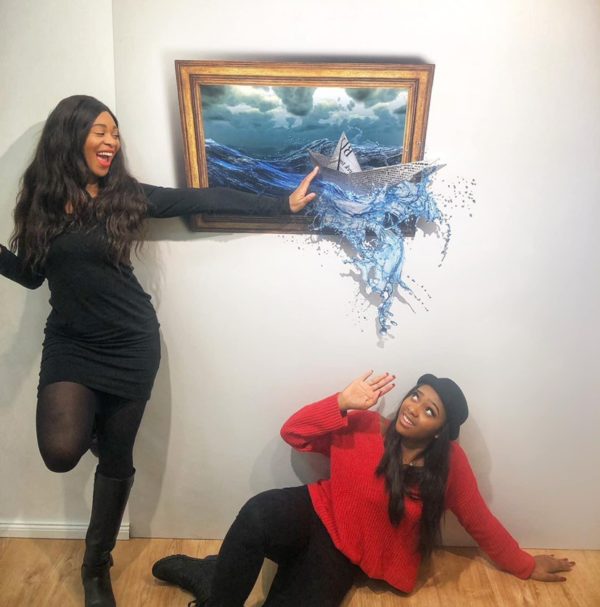
Mary Seacole Statue, The London Landmark Hiding in Plain Sight
Westminster Bridge is one of Londons most visited and recognizable sites. There isn’t a travel guide or travel show on the planet that doesn’t mention the bridge as a must see attraction in the English capitol. It is also the landing point for the London Eye, Big Ben, Parliament and lots of water activities on the Thames. I have spent countless hours on that bridge and the surrounding area working and just hanging out. So it’s a little embarrassing to admit that I never noticed the statue, that’s stands, just a few feet away from the bridge. The story of that statue and the woman it honors, is a story that we all should know. Who is Mary Seacole, and why was she voted Britains most famous black person? More importantly, why has her story been hidden for so long?
Mary Seacole is considered by many to be the mother of modern nursing. Now initially, you may wonder how that’s possible, considering that most people, especially Americans, have never heard of her. Thats why it’s so important that this story is told and shared. Mary Seacole, like Florence Nightingale, the world most famous nurse, rose to fame during the Crimean War. The Jamaican born, world traveler, herbalist, and healer, went to London at the outbreak of the war, hoping to volunteer as a nurse. Unfortunately, the powers that be, at the War Office, The Army Medical Department, The Secretary War, and even Nightingale refused her services, because she was black, despite her extensive experience. She was viewed as a backwoods, black witch doctor by the British establishment because she didn’t have conventional medical training.
The story could have ended there, but Madame Seacole packed up her bags and headed to the war, on her own dime. Once she crossed the continent and landed in Crimea, Seacole set up shop near the British battle lines and became a daily fixture offering food and lemonade to the troops from the U.K.. She was known as Mother Seacole to the soldiers, and she often came under fire while selling her goods and treating the sick and wounded. She remained at the battle front until the war ended and was truly adored by the boys who were fighting for the Brits. When the troops finally departed, Mary and her business partner were stuck with food and supplies that she ordered and abruptly had no place to sell. The sudden end to the fighting left Mary and her business partner in dire financial circumstances and eventually bankrupt. She returned to England in debt and destitute.
Thats when something beautiful happened, the soldiers she had served during the war organized a benefit to raise money. Seacole also wrote her autobiography, which chronicled her life and travels. It was a huge success and is one of the first travel memoirs of black woman. In 1991 the Jamaican government recognized Mother Mary with its highest civilian honor, the Order of Merit, and in 2004 she was voted Greatest Black Briton of all time.
Today Mary Seacole is immortalized with a beautiful statue that sits in the courtyard of St Thomas Hospital across the Thames from Parliament. There is also a movie in the works staring Gugu Mbatha-Raw as the legendary nurse. If you are in London take a moment to visit the statue and pay homage to the groundbreaking Mary Seacole. .









